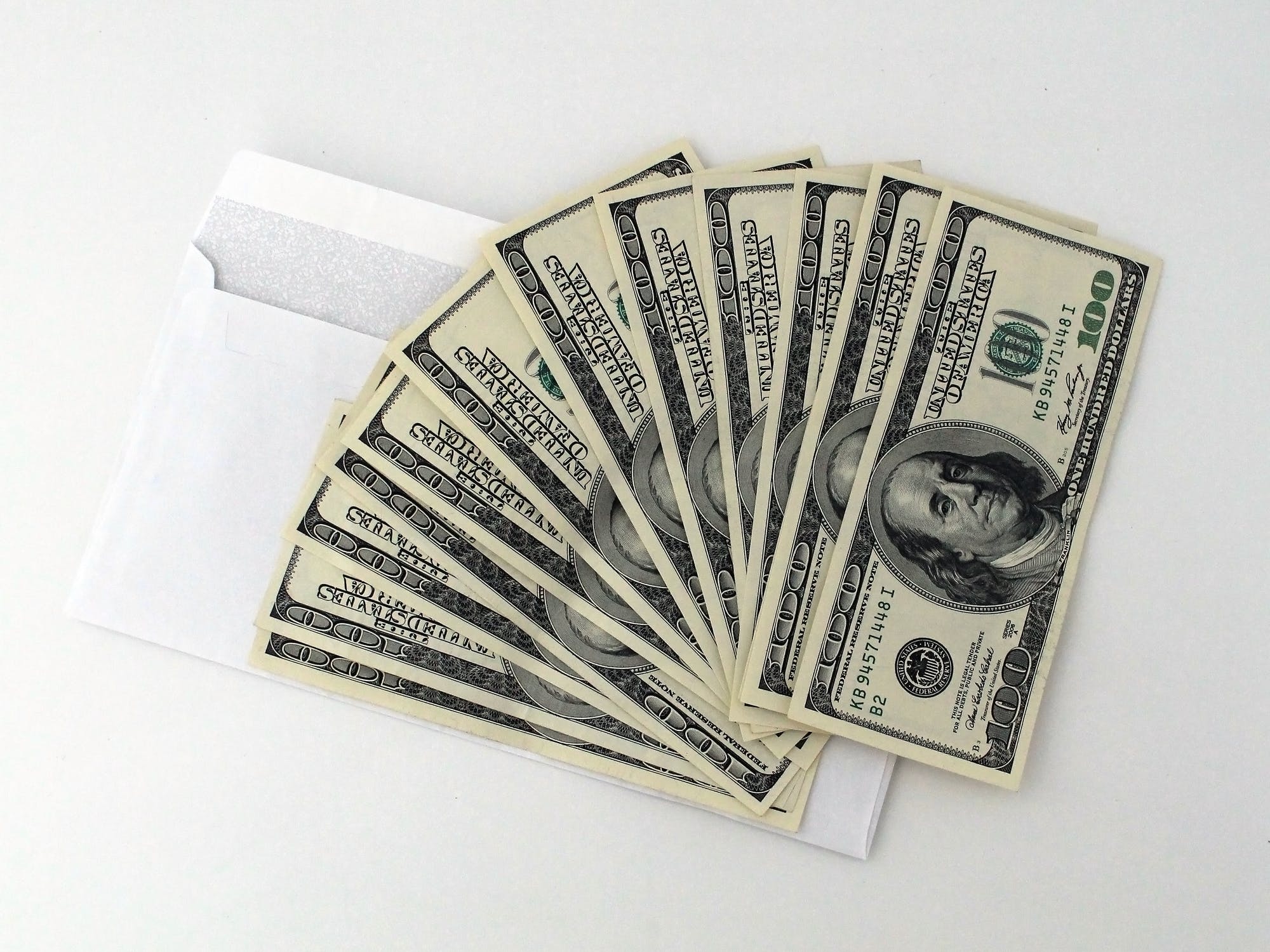Borrowed money can function in a great number of ways and be used for various purposes. You can use it as funds for your business to buy an engagement ring. However, you must know that there are different types of loans you can get these days, and it is necessary for you to understand all of them if you want to get the right type. Personal loans, cash advances, and home loans are just some of the types you can use as funding options, and here is a comprehensive overview of the most basic types.
Personal Loans
The majority of banks nowadays offer personal loans as one of their funding options. Funds obtained through these processes can be used to pay bills or even purchase a new watch. It depends mainly on your personal needs. However, you must know that this is a pretty expensive way for you to get the money as these loans are not secured. This means that the borrower does not define the collateral that can be seized in case of your failure to pay the money back, as is the case with car loans and home mortgages. For example, if you are interested in title loans in Ohio, the turnaround time here is far less than it is for conventional bank loans. After you have paid off the lender, usually within 30 days, they will return the title to you. Keep in mind that you will only be pawning the title, not the actual vehicle. Even if you don’t have your title right now, you can still use your automobile.
A Bank Loan vs Bank Guarantee
The bank loan is not the same thing as the same guarantee. Normally, the bank can issue the guarantee as a form of surety on behalf of the customer. In case the customer does not fulfill their structural obligations within the given period, then the guarantee can demand payment from the bank. Guarantees are most commonly the agreements arranged between a bank and its small-business clients and are the form of insurance that the contractor’s bank will issue the demanded amount of money.
Credit Cards
Whenever you are paying with your credit card, you should consider the payment as a small loan. If the balance is paid in full at once, there is no interest to be charged. On the other hand, if the payment is not covered immediately, the interest would be charged every month until it is entirely paid. When it comes to interest paid on credit cards, they are significantly increasing every month, and if there are penalty charges, you can end up paying a serious amount of money.
Home Loans
People who are the owners of their homes can borrow money against their equity. This means that they can borrow up to the amount they own. For instance, if they have paid off half of the mortgage, they can borrow the other half. To put it simply, the difference between the current market value of the house and the amount you still own is the amount you can borrow.
Credit Card Cash Loans
You probably did not know that credit cards usually include credit card cash advance features. Naturally, whoever has a credit card with some cash on it has a revolving line of cash available at the ATM. However, this one has a catch, as it is one of the most expensive ways of borrowing money. To present this one better to you, the interest rates for this type of loan can go from 25% to 36%. In addition, these loans usually come with a fee, which can range from 3% to 5% of the minimum amount of $10. Yet, it is not all, as these loans go to your credit card and will come with higher interest rates until the entire amount is paid off.
Home-Equity Loans
The home equity line of credit works like a credit card loan but uses your home as collateral in case you fail to fulfill your structured obligations. A maximum amount of borrowed money is extended to the borrower, and they can define the payments with the lowest and highest risks. This loan can be used, reused, or repaired as long as the account remains open. The period usually ranges from 10 to 20 years. Just as with any other type of home loan, this one as well can be tax deductible. A known fact about this loan is that the interest may vary and that it can be pegged to the underlying indexes.
Loans may be quite beneficial, but it is important to do enough research on the subject before applying for one. To be more specific, each kind of loan may be rather different from one other and can have interest rates that can change throughout the course of the agreed-upon time period. Hence, after you have made up your mind, check to see whether you are financially ready for this move and that you have the ability to pay off the debt before you are subjected to any severe repercussions.



:quality(85)/cloudfront-us-east-1.images.arcpublishing.com/infobae/TR43PX4FQRCGJOYTK6DVVHHXGE.jpg)

:quality(85)/cloudfront-us-east-1.images.arcpublishing.com/infobae/H6PXVMJSJBEWPLDS3YKZGRG3TU.jpg)
:quality(85)/cloudfront-us-east-1.images.arcpublishing.com/infobae/UWSEJCR5B5EBHMOJJA4UKWUVRQ.jpg)